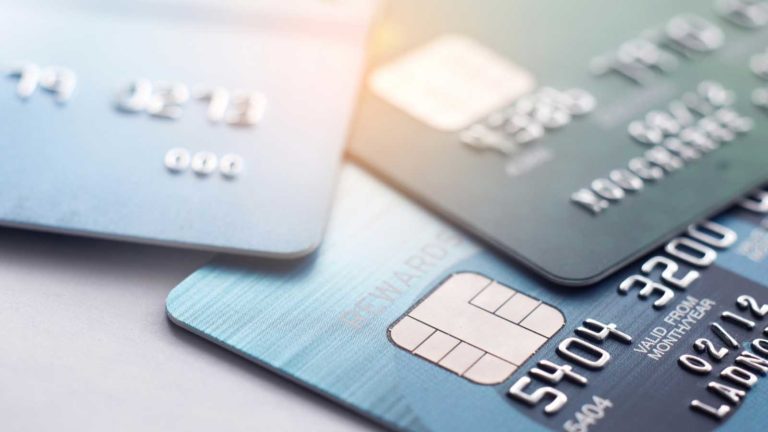The Federal Reserve has increased its key federal funds rate 11 times since March 2022, an aggressive move not seen since the 1980s. The aim is to cool down the economy and control rising prices, but how does this strategy work?
When you take out a loan, like a mortgage, it comes with an interest rate, which is the cost of borrowing the money. Banks also borrow funds, often from the Federal Reserve, the central bank of the U.S. The Fed’s main job is to ensure a secure financial system by managing deposit accounts for banks. Banks with excess funds in these accounts can lend to other banks in need.
Banks borrow money and, like any other loan, they pay interest on it. The Federal Reserve, as the central bank, influences this interest rate through the overnight lending rate, which is the cost basis for banks and the basis upon which other debt is denominated.
However, with recent rising of interest rates, many banks are hiking their own interest rates on credit cards, meaning they are charging consumers more money. This is a cause of great concern, as it affects people’s ability to pay their debts and even their daily spending.
It’s important to understand that the skyrocketing interest rates can have long-term negative impacts on you and your family. Let’s dive into why $1 trillion in overall credit card debt isn’t a great thing for the economy and what investors and consumers should be concerned about right now.
The Effect on the Overall Economy
Despite bleak predictions, the U.S. economy added over 500,000 jobs in January, lowering unemployment to a low last seen in 1969. This also coincided with President Joe Biden’s State of the Union speech and came with an annual wage increase of 5.5%, surpassing the pre-Covid average of 3%.
This should be a reason for celebration, with President Biden quick to claim credit. However, the U.S. stock market reacted by declining, which defies the conventional wisdom that a rising stock market indicates good times. This contradiction highlights a global economic tension.
To grasp the situation, consider the U.S. Federal Reserve’s goal of reducing unemployment. When it raises interest rates, it aims to slow economic activity, increase joblessness and discourage higher wage demands, which is expected to lead to lower inflation.
Current inflation is mainly caused by external factors like the Russian invasion of Ukraine and extreme weather events. While wages are rising, they can’t keep up with price increases. Despite this, central banks like the Federal Reserve believe that wage growth is driving inflation. As a result, they’re increasing interest rates to counter it.
Will Raising Interests Work?
Fed Chair Jerome Powell aims to balance demand with supply, but global supply chain issues caused by the pandemic and the war in Ukraine limit the Fed’s options.
In July, the Federal Reserve raised the federal funds rate to 5.25% to 5.5%, resuming aggressive tightening. This followed a brief pause in June due to earlier increases and a regional banking crisis. The Fed cited elevated inflation, robust job gains and moderate economic expansion.
“Goods inflation is tied to trade and geopolitics, beyond the Fed’s control,” noted Derek Tang, an economist at LH Meyer Inc. He suggests White House and Congress actions, like trade deals and better supply access, are needed to address these issues.
Credit Card Interest Rates: What Now
Rising interest rates affect all kinds of debt, and with credit card interest rates now hovering around the 20% level, those with significant consumer debt may do well to refinance this debt into a consolidation loan, or take out lower-interest-rate debt to eliminate this rather toxic and destructive force for the personal finances of millions of individuals.
Most investors know that it makes no sense to hold any sort of debt with an interest rate above the rate of return one might otherwise receive in the market. Even if one factors in a potential total return on their portfolio of 10% a year (and that’s very aggressive, given where valuations are right now), losing 20% per year on one’s consumer debt makes no sense. Personal finance experts everywhere jump up and scream when they see any sort of credit card debt, in most markets. However, with interest rates on the rise, the advice these experts provide is even more crucial.
Now may be a good time to focus on debt repayment and bolstering household balance sheets. With student loan payments set to restart in short order, there’s only going to be so much extra money to go around. Thus, Q4 could be a quarter of debt consolidation for those intelligent investors looking to set themselves up for long-term success.
On the date of publication, Chris MacDonald did not have (either directly or indirectly) any positions in the securities mentioned in this article. The opinions expressed in this article are those of the writer, subject to the InvestorPlace.com Publishing Guidelines.

